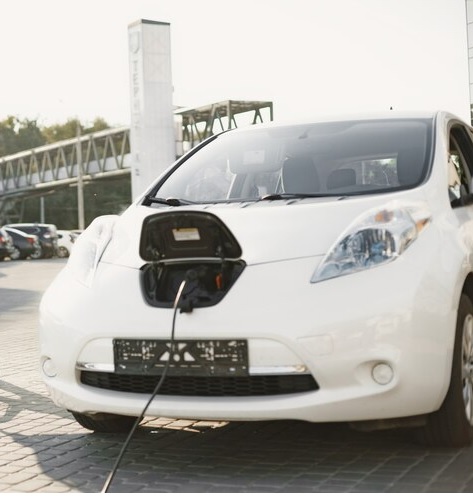
The global market for rheumatoid arthritis treatments is expected to grow at a CAGR of...
Learn More
Our consulting solutions address company specific challenges with respect to micro environment...
Learn More
Organizations frequently need day-today research guidancein order to gain strategic...
Learn More
Exploring different areas of market research and market analysis is a key factor...
Learn MoreAcute Market Reports presents the most extensive global business research services across industries. Our research studies focus on potential outcomes, benefits, and risks associated with each market segment across geographies. Having served our global clients for more than 10 years, our prime priority is to enable our clients in making well-informed business decisions through a data-driven, analytical, and uncomplicated research approach.
We provide access to the world's most comprehensive, analytical, and updated business intelligence services and solutions.




The electric vehicle aftermarket market is poised for significant expansion and is expected to grow at a CAGR of 22% during the forecast period of 2025 to 2033, fueled by the rising popularity of electric vehicles, technological advancements, and env...
Read More
The halal and kosher empty capsules market is expected to grow at a CAGR of 8.3% during the forecast period of 2025 to 2033, driven by various factors shaping the industry landscape. The halal and kosher empty capsules market exhibits promising growt...
Read More
The flat roofing market is expected to grow at a CAGR of 5.7% during the forecast period of 2025 to 2033, driven by the rising demand for sustainable solutions, technological advancements, and the urbanization-commercial construction nexus. Challenge...
Read More




